Attention Linux and macOS users! Critical vulnerabilities in the ncurses library have been discovered.
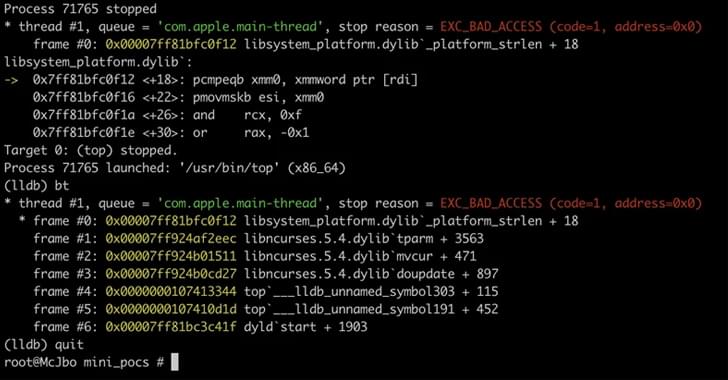

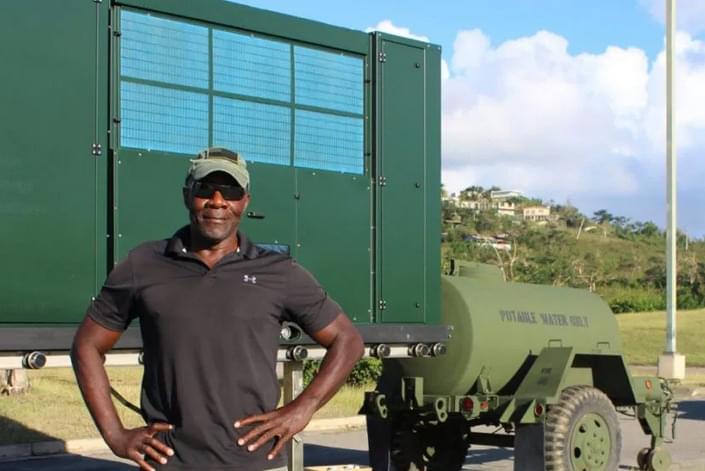
Green.org sat down with Moses West, the founder of AWG Contracting, to learn how he invented an atmospheric water generator that pulls moisture from the air, condenses it and turns it from gas to liquid.
Moses West shares how he invented an atmospheric water generator that pulls moisture from the air and turns it from gas to liquid.
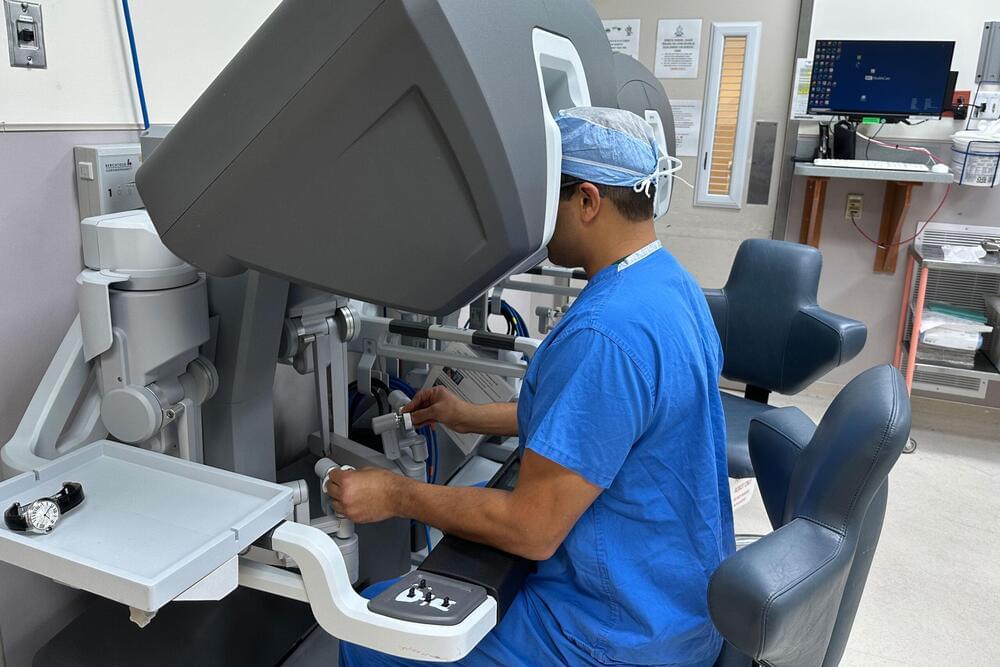
A surgical team from Washington University School of Medicine in St. Louis recently performed the first robotic liver transplant in the U.S. The successful transplant, accomplished in May at Barnes-Jewish Hospital, extends to liver transplants the advantages of minimally invasive robotic surgery: a smaller incision resulting in less pain and faster recoveries, plus the precision needed to perform one of the most challenging abdominal procedures.
The patient, a man in his 60s who needed a transplant because of liver cancer and cirrhosis caused by hepatitis C virus, is doing well and has resumed normal, daily activities. Typically, liver transplant recipients require at least six weeks before they can walk without any discomfort. The patient was walking easily six weeks after surgery and cleared to resume golfing and swimming seven weeks after the surgery.
Groundbreaking surgery performed at Barnes-Jewish Hospital in St. Louis.
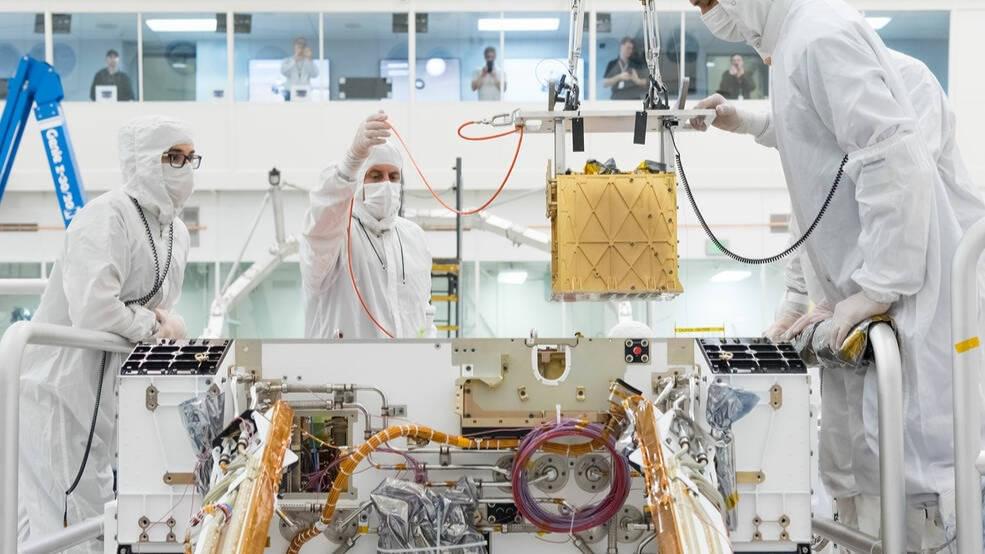
NASA’s Perseverance Mars rover has generated oxygen on Mars for the 16th and final time with the agency saying it exceeded expectations.
A device on the rover is known as MOXIE (Mars Oxygen In-Situ Resource Utilization Experiment).
Since Perseverance first landed on Mars in 2021, MOXIE has generated 122 grams of oxygen. According to a NASA blog post about the success of MOXIE’s mission, this is about the amount a small dog breathes in 10 hours. Its 16th run on August 7 saw the microwave-sized device produce 9.8 grams of breathable oxygen.
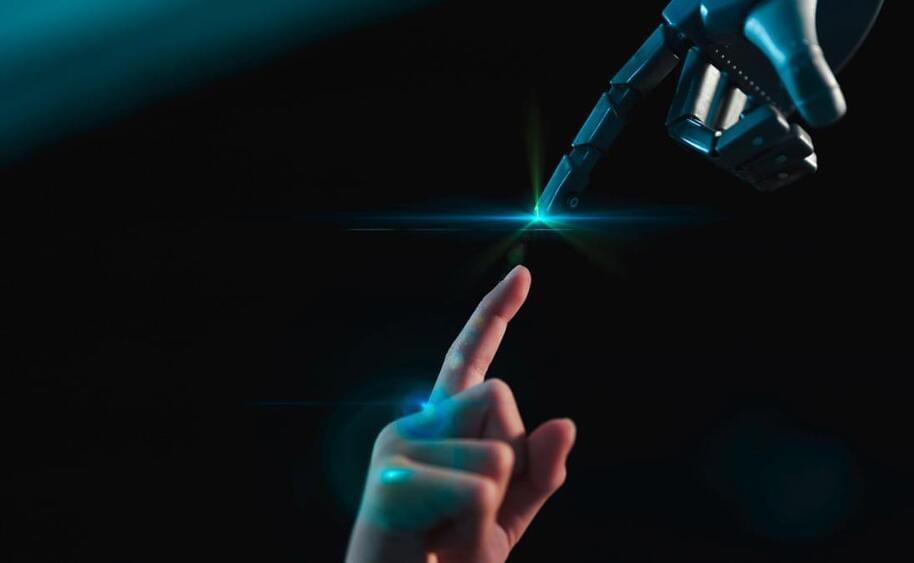
A blog by the company’s chief trust officer, Dana Rao, highlighted the importance of ethics while developing new AI tools. Generative AI has come much more into mainstream awareness in recent months with the launch of ChatGPT and DALL-E systems, which can understand written and verbal requests to generate convincingly human-like text and images.
Artists have complained that generative AIs being trained on their work is tantamount to ‘ripping off’ their styles or creating discriminatory or explicit content from harmless inputs. Others have called into question the ease with which humans can pass off AI-generated prose as their own work.
Read more: Schools ban ChatGPT.

Kenya’s mobile pay platform was probably the first established in 2007. In 4 years it will be two decades. I had PayPal with my old phone line. Now the President of Kenya, there with Tim Cook has said Apple play also will be integrated with MPESA, Kenya’s mobile money platform. Kenyans also were paid about $2 an hour to make ChatGPT safer. Kenya has alot to offer, except leadership. 🙄 President Ruto spoke at the US-Affica Business Roundtable yesterday.
By Daniel Ogetta.
Reporter.
The actor told an audience in London that AI was a “burning issue” for actors.
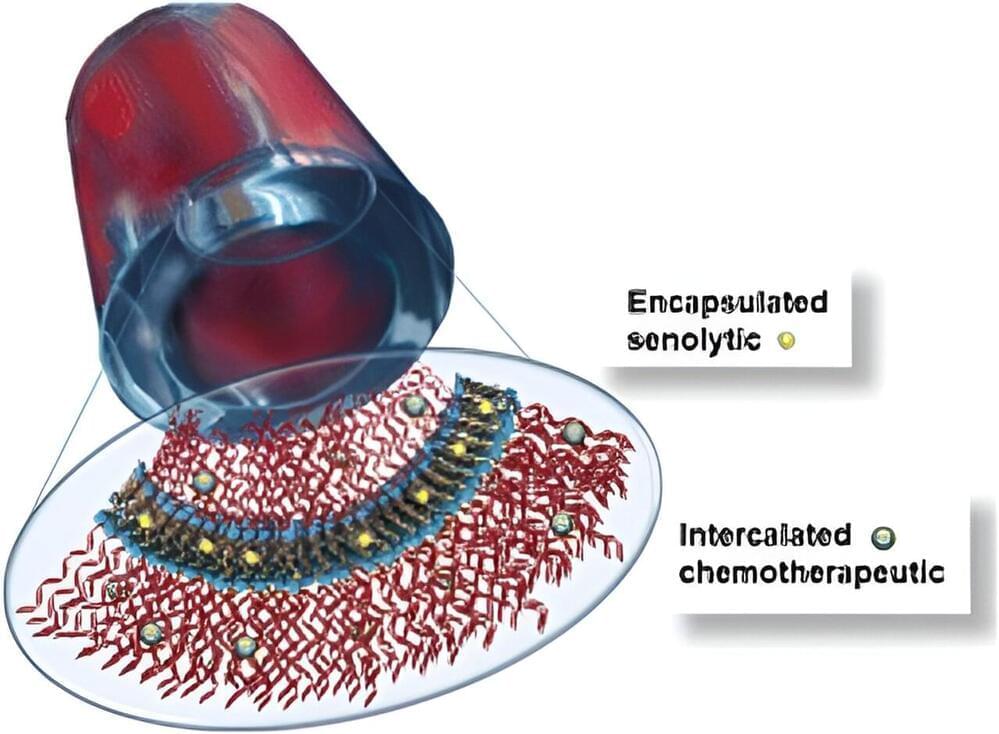
Breast cancer in its various forms affects more than 250,000 Americans a year. One particularly aggressive and hard-to-treat type is triple-negative breast cancer (TNBC), which lacks specific receptors targeted by existing treatments. The rapid growth and metastasis of this cancer also make it challenging to manage, leading to limited therapy options and an often poor prognosis for patients.
A promising new approach that uses minuscule tubes to deliver cancer-fighting drugs directly to the tumor site while preserving healthy cells has been developed by Johns Hopkins engineers. The team’s research appeared in Nanoscale.
“In this paper, we showed that we can use nanotubes to specifically target both proliferating and senescent TNBC cells with chemotherapeutics and senolytics, killing them without targeting healthy breast cells,” said Efie Kokkoli, professor of chemical and biomolecular engineering, a core researcher at the Johns Hopkins Institute for NanoBioTechnology, and a specialist in engineering targeted nanoparticles for the delivery of cancer therapeutics.
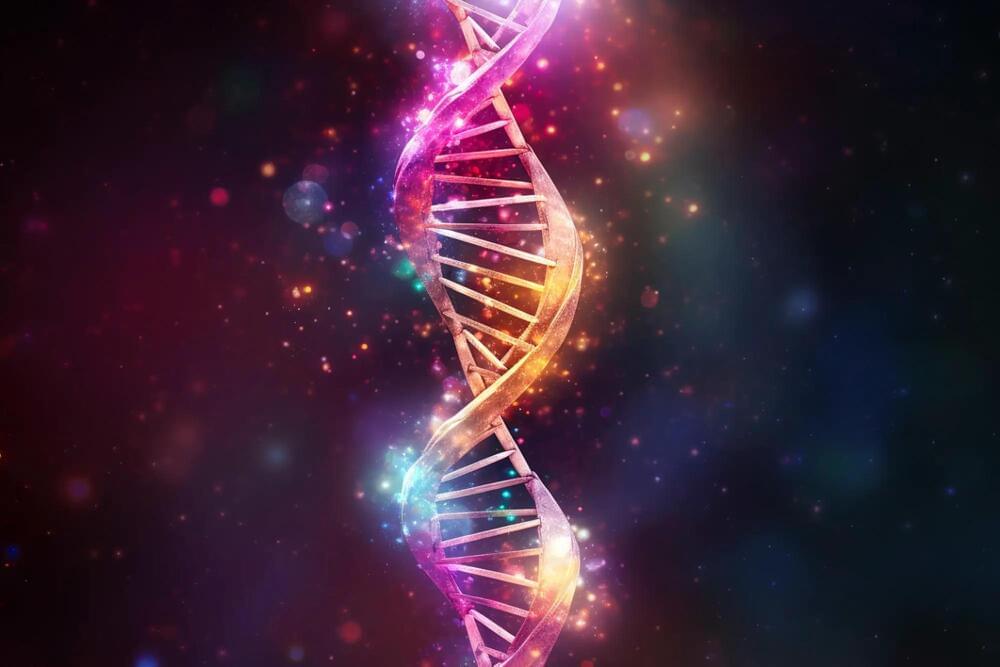
Ecologists have shown that the genetic material that species.
A species is a group of living organisms that share a set of common characteristics and are able to breed and produce fertile offspring. The concept of a species is important in biology as it is used to classify and organize the diversity of life. There are different ways to define a species, but the most widely accepted one is the biological species concept, which defines a species as a group of organisms that can interbreed and produce viable offspring in nature. This definition is widely used in evolutionary biology and ecology to identify and classify living organisms.
